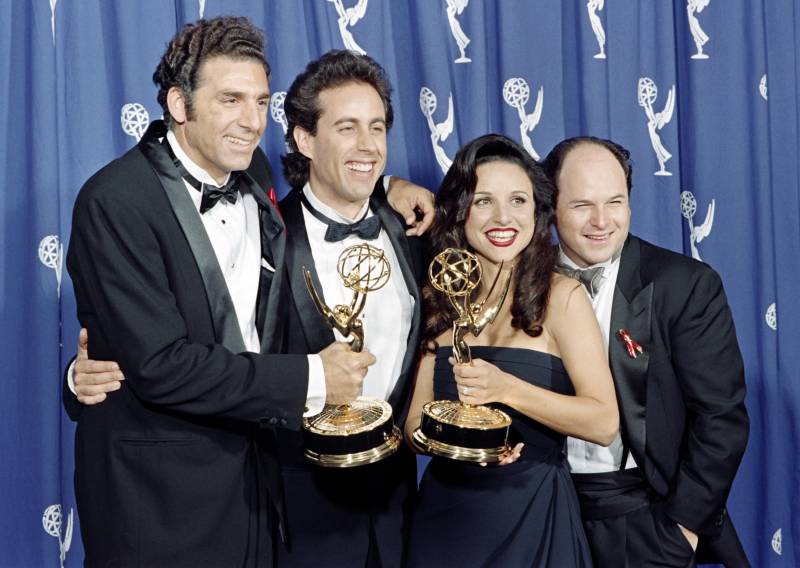As all 180 episodes of classic sitcom Seinfeld debut on Netflix this week, a $500 million question hangs in the balance:
Can one of the most influential comedies in TV history score with modern streaming audiences the way Friends and The Office did years before?
Netflix reportedly paid about $500 million for the rights back in 2019, knowing rival media giants were going to yank Friends and The Office for their own streaming platforms. Thanks to another deal placing it on Hulu, Seinfeld couldn’t debut on Netflix until now.
I wouldn’t underestimate the power of Netflix’s algorithm, which can lead huge numbers of subscribers to sample a show, just by making sure they see the trailer when logging onto the service.

9(MDAxOTAwOTE4MDEyMTkxMDAzNjczZDljZA004))

